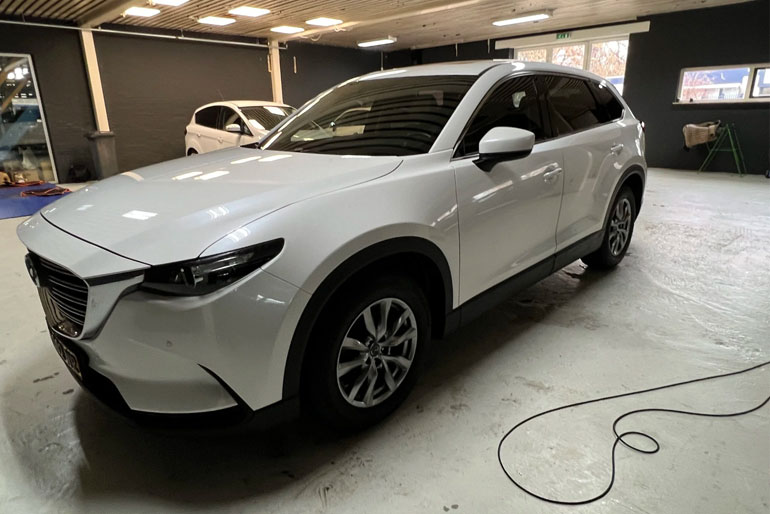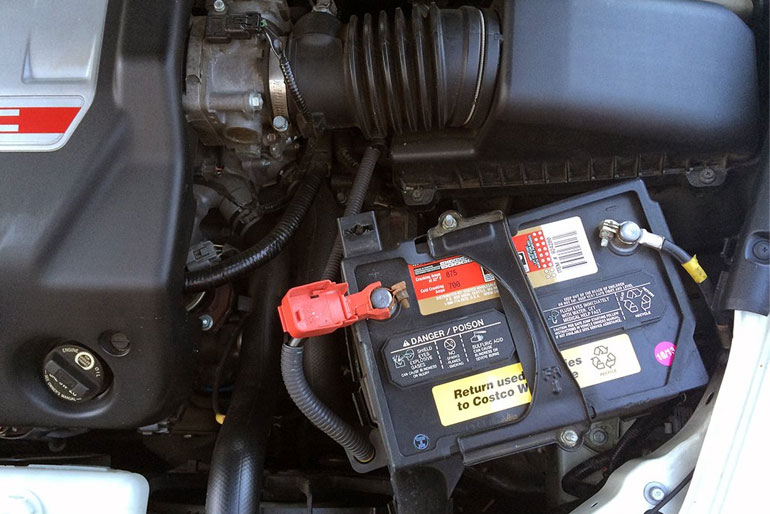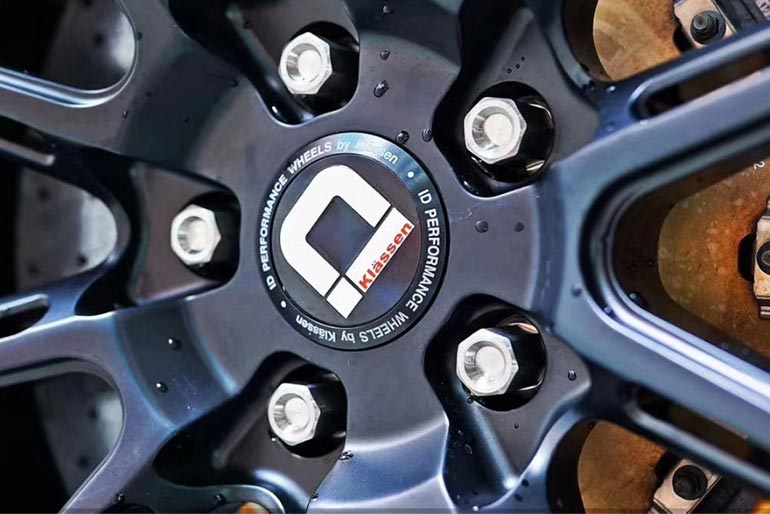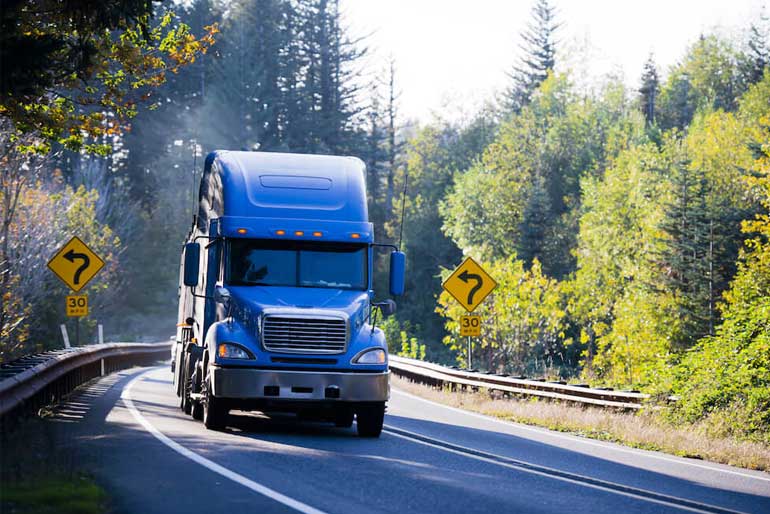Commercial trucks are an essential component of the American supply chain. Without trucks on the road, business owners would not be able to purchase and receive the materials they require to keep their company operating at peak efficiency. Truckers deliver everything from fresh produce to construction equipment across the country, providing the items we see, use, and ingest every single day.
While trucks do play an essential role in society, it can be nerve-wracking to share the freeway with them. In this article, we discuss some driving tips you can practice to protect you and the truck drivers you may encounter on the road.
1. Avoid a Commercial Truck’s Blind Spots
Blind spots refer to the areas alongside a motor vehicle that are not visible to the driver in their side or rear mirrors. Although traditional cars do have blind spots, they are nowhere near as large as those of a commercial truck, bus, or other oversized vehicle. A good rule of thumb is that, if you are unable to see a truck’s side mirror, it is likely that the truck driver is unable to see you as well.
Anytime you are approaching a commercial truck, you should either reduce speed or safely pass to spend as little time as possible in the vehicle’s blind spot. Stone Rose Law notes that remaining in the truck’s blind spot can easily result in a serious crash. If the truck driver attempts to switch lanes while you are alongside their vehicle, you may be unable to maneuver in time to avoid a collision.
2. Give Trucks Substantial Space to Maneuver
You should always maintain a safe following distance behind the vehicle in front of you. However, it is especially important to leave a comfortable cushion between your car and a commercial truck. Since trucks are much larger and heavier than passenger vehicles, especially when fully laden, it takes them more time to slow down or maneuver around roadway obstructions. You do not want to be in front of, behind, or adjacent to a truck if they need to quickly react to a hazard.
In some cases, trucks with defective or old tires may experience a tire blowout. This occurs when a truck’s tire suddenly bursts or ruptures, which may throw debris into the roadway or even cause the commercial vehicle to lose control. Maintaining a safe cushion of space between you and any commercial vehicles on the road can reduce your risk of getting into a blowout accident.
3. Pass With Extreme Caution
When it is necessary to pass a truck or other oversized vehicle, you should pass quickly and cautiously on the left-hand side. In most cases, it is not advisable to pass on the right-hand side. Truck drivers are not expecting to be passed on that side and the vehicle has substantial blind spots running along its length. In some cases, such as when there is freeway construction or if you are directed around a car crash, you may need to cautiously pass on the right.
Whenever you are attempting to pass a large vehicle, be sure to use your turn indicator. Check that you can see the driver in your mirror before passing. If you need to then get in front of the truck, verify that the vehicle is visible in your rear mirror before changing lanes.
4. Do Not Cut in Front of a Truck
Cutting off another car is always a risky decision. The driver may not see you in time to slow down or may become aggressive if they perceive that you intentionally cut them off. Driving erratically around a commercial truck is especially dangerous, since they may be unable to slow down quickly enough to avoid rear-ending your vehicle.
5. Do Not Tailgate or Drive Aggressively Around Large Vehicles
When you tailgate an oversized vehicle, you are almost certainly putting yourself in its blind spot. If the truck comes to a sudden stop, you may not be able to prevent yourself from crashing into it. This can result in an underride accident when a smaller passenger vehicle goes underneath a truck and is trapped. Oftentimes, the smaller car is crushed, causing serious or fatal injuries to the occupants.
Always Practice Defensive Driving Around Large Trucks
Whether you’re driving alongside a truck or another passenger vehicle, you should always be in the habit of practicing defensive driving. By driving cautiously and proactively making changes based on the environment around you, it’s easier to protect yourself and the motorists you’re sharing the road with. We hope these safety tips help you enjoy your next trip!







